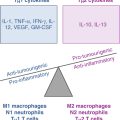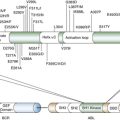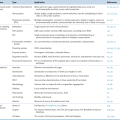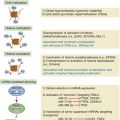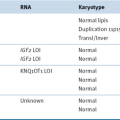Figure 16-1 A historical perspective on the role of the microenvironment in cancer A timeline detailing landmark discoveries that showed the dominance of microenvironment over genotype. If space had permitted, a number of other important experiments could have been included, such as Emerman and Pitelka’s demonstration that normal mammary epithelial cells on floating collagen gels recapitulate their in vivo phenotype, 14 Folkman’s demonstration that cell shape regulates DNA synthesis, 15 and experiments demonstrating that reconstituted 3D BM gels act as a “blotter” to distinguish the normal from the malignant phenotype. 16,17
Recent Posts
- How Research Suppliers Support Laboratory Accuracy and Compliance
- How Assisted Living Redefines Comfort for Older Adults
- How Patient-Centered Outcomes Research (PCOR) and Patient Experience Data Are Transforming Clinical Research and Healthcare Decision-Making
- From Bedside to Leadership: The Career of Nurse Lucênia Ferreira de Souza Costa
- The Hidden Health Risks of Untreated Sleep Disorders
Categories
- Allergy and Immunology
- Anesthesiology
- Basic Science
- Cardiothoracic Surgery
- Cardiovascular
- Complementary Medicine
- Critical Care Medicine
- Dermatology
- Emergency Medicine
- Endocrinology, Diabetes and Metabolism
- Gastroenterology and Hepatology
- Hematology, Oncology and Palliative Medicine
- Internal Medicine
- Medical Education
- Neonatal – Perinatal Medicine
- Nephrology
- Neurology
- Neurosurgery
- Nursing & Midwifery & Medical Assistant
- Obstetrics & Gynecology
- Opthalmology
- Orthopaedics
- Otolaryngology
- Pathology
- Pediatrics
- Physical Medicine and Rehabilitation
- Plastic Reconstructive Surgery
- Psychiatry
- Pulmolory and Respiratory
- Radiology
- Rheumatology
- Sleep Medicine
- Surgery
- Test
Home » The Role of the Microenvironment in Tumor Initiation, Progression, and Metastasis
The Role of the Microenvironment in Tumor Initiation, Progression, and Metastasis
Published on 09/04/2015 by admin
Filed under Hematology, Oncology and Palliative Medicine
Last modified 22/04/2025
Print this page

